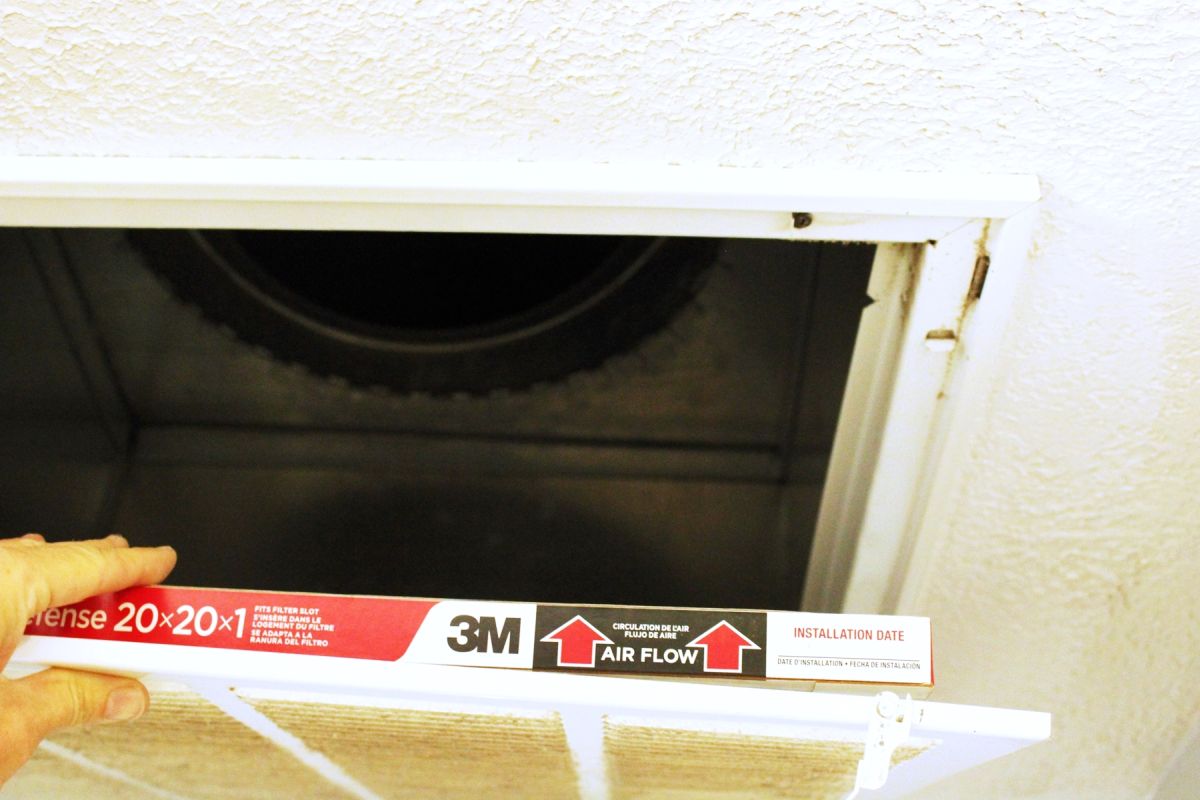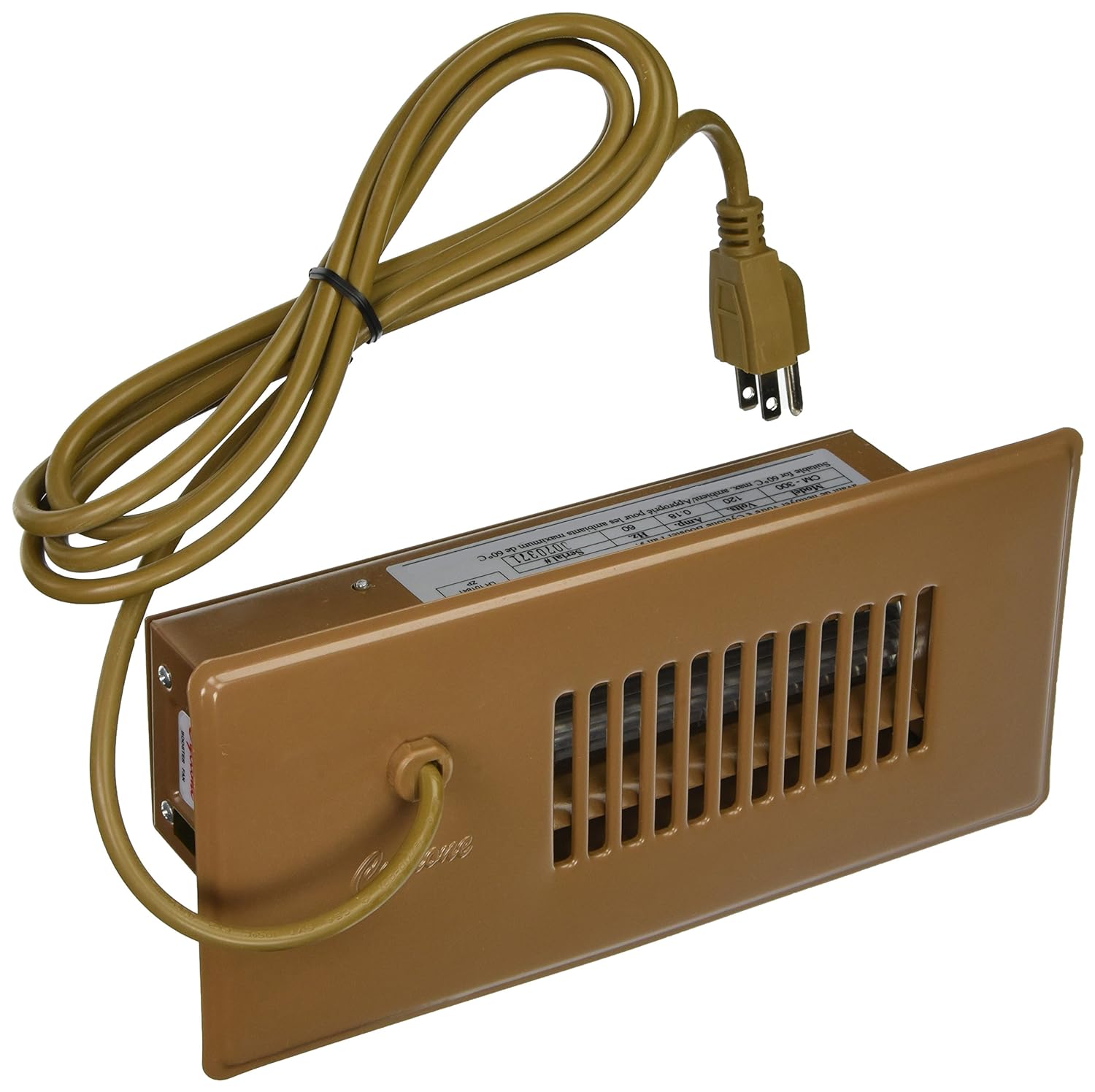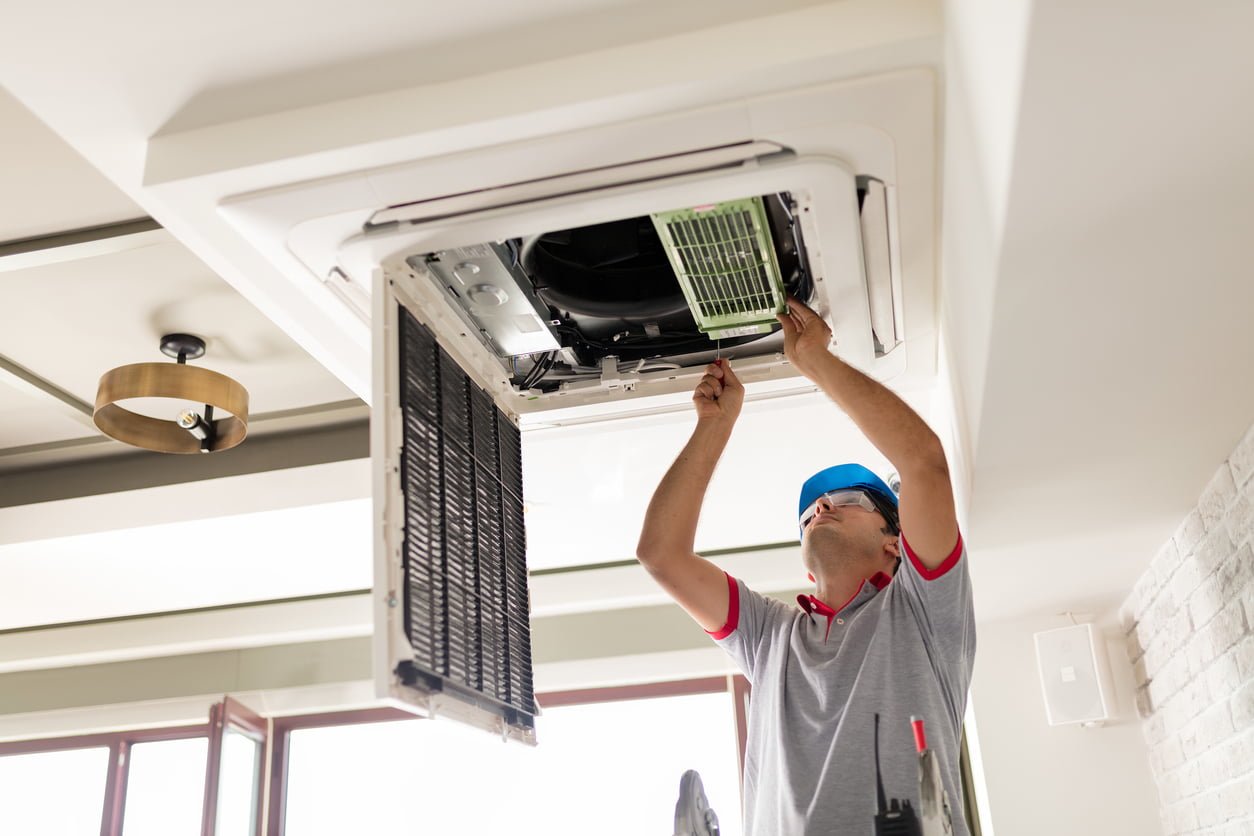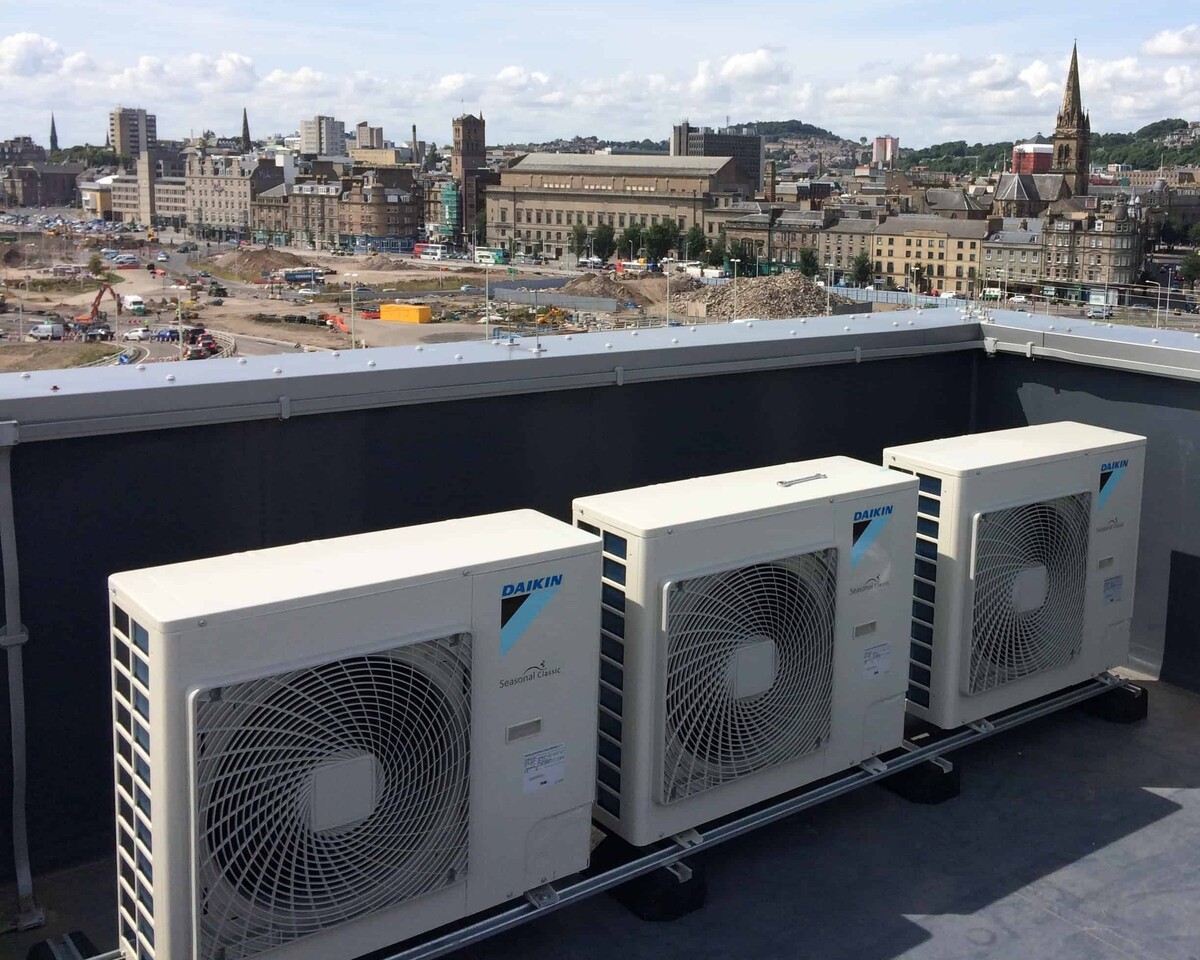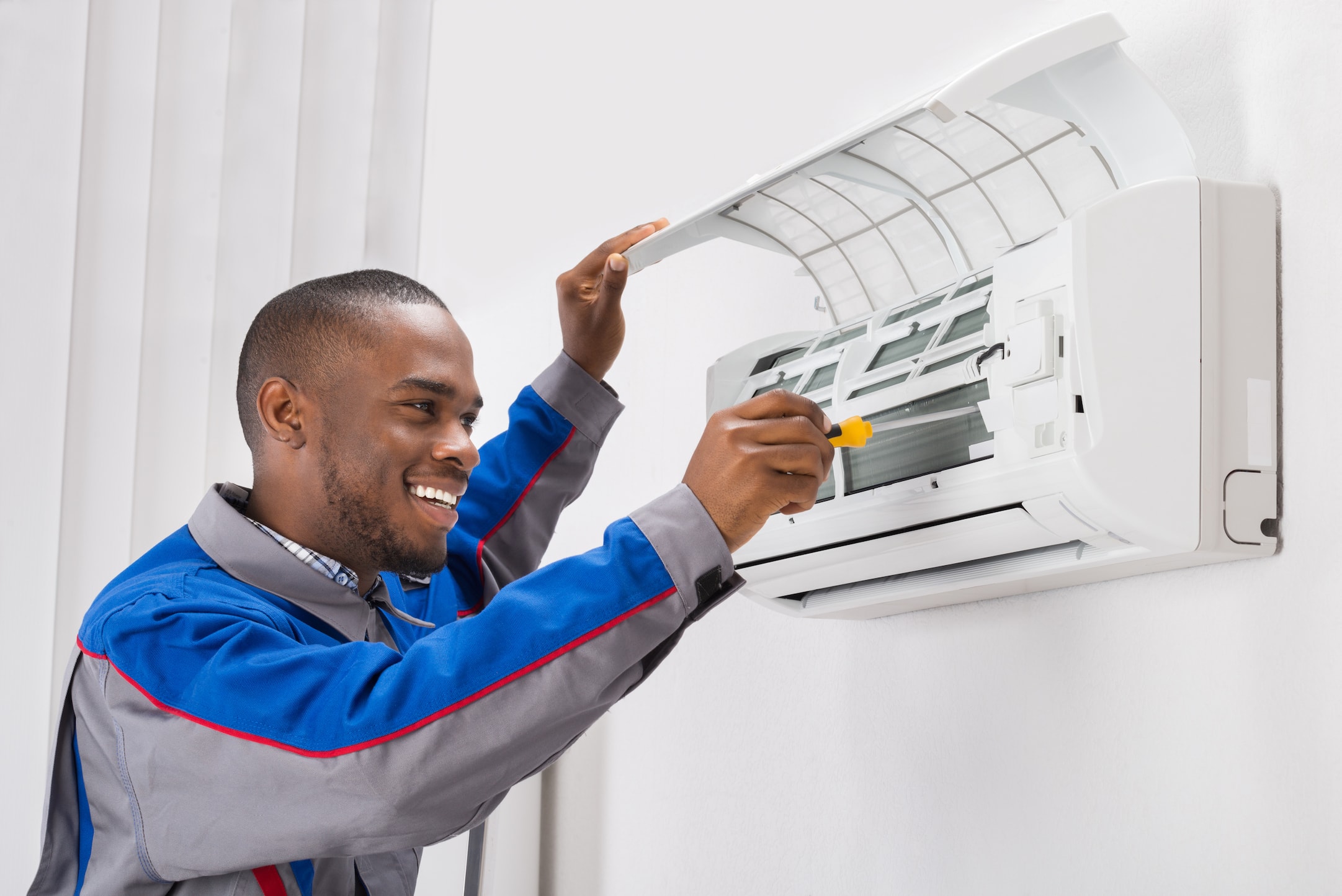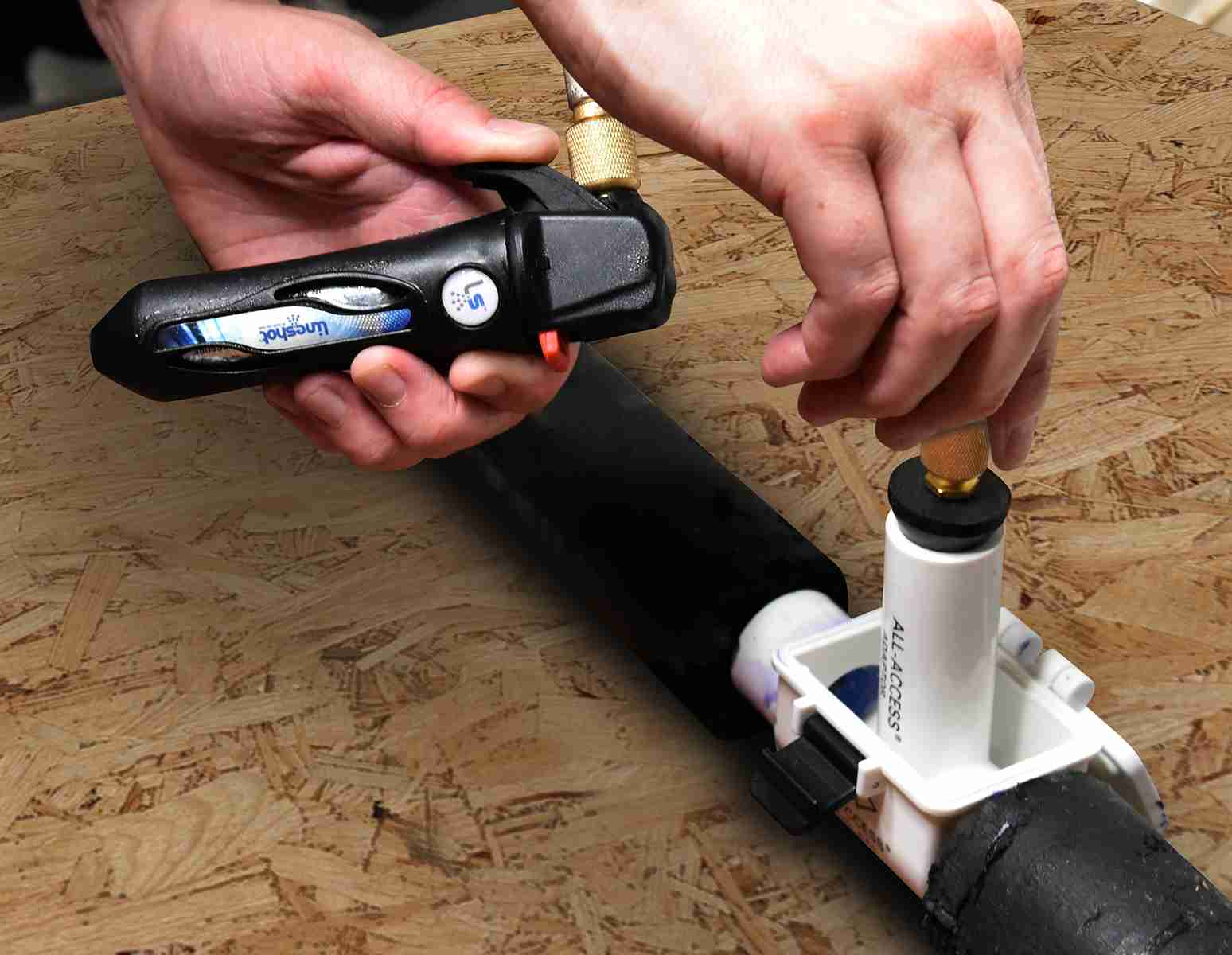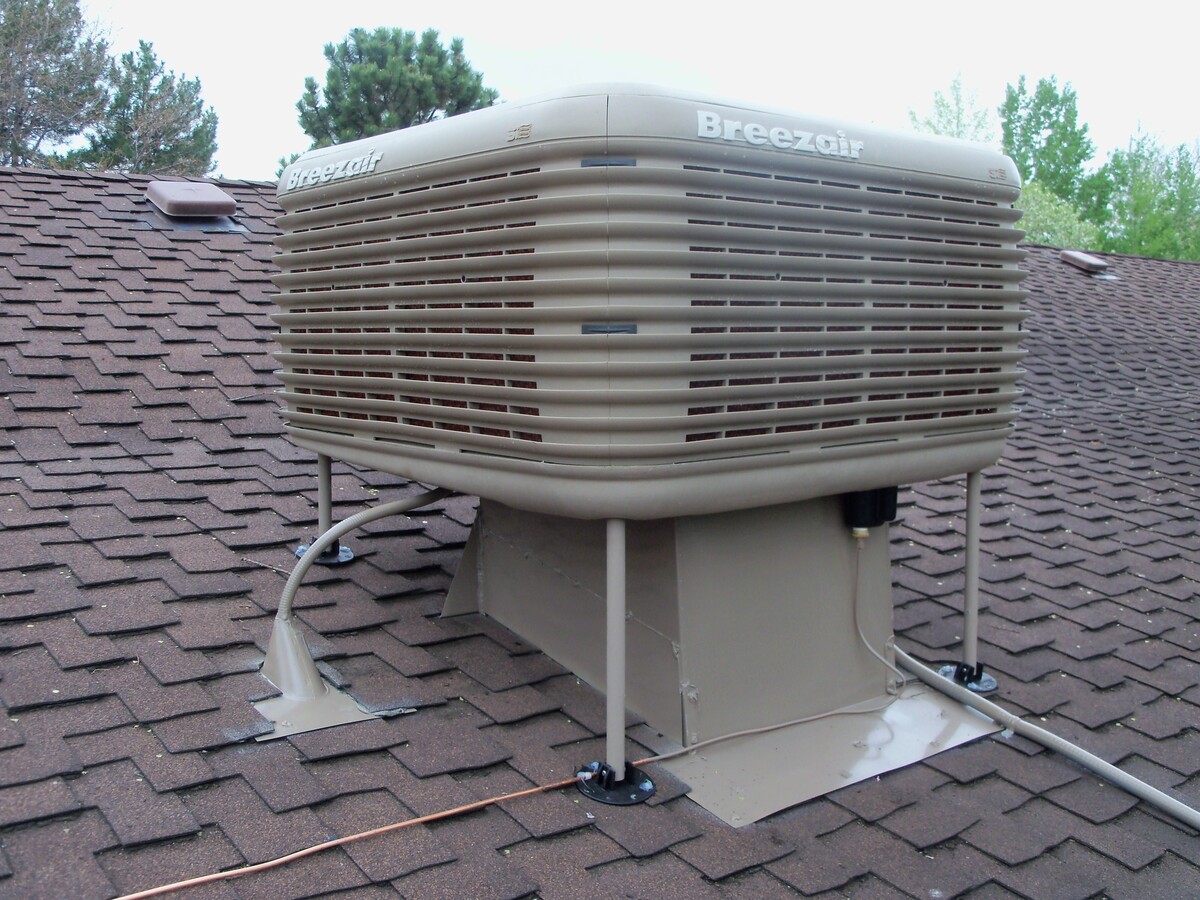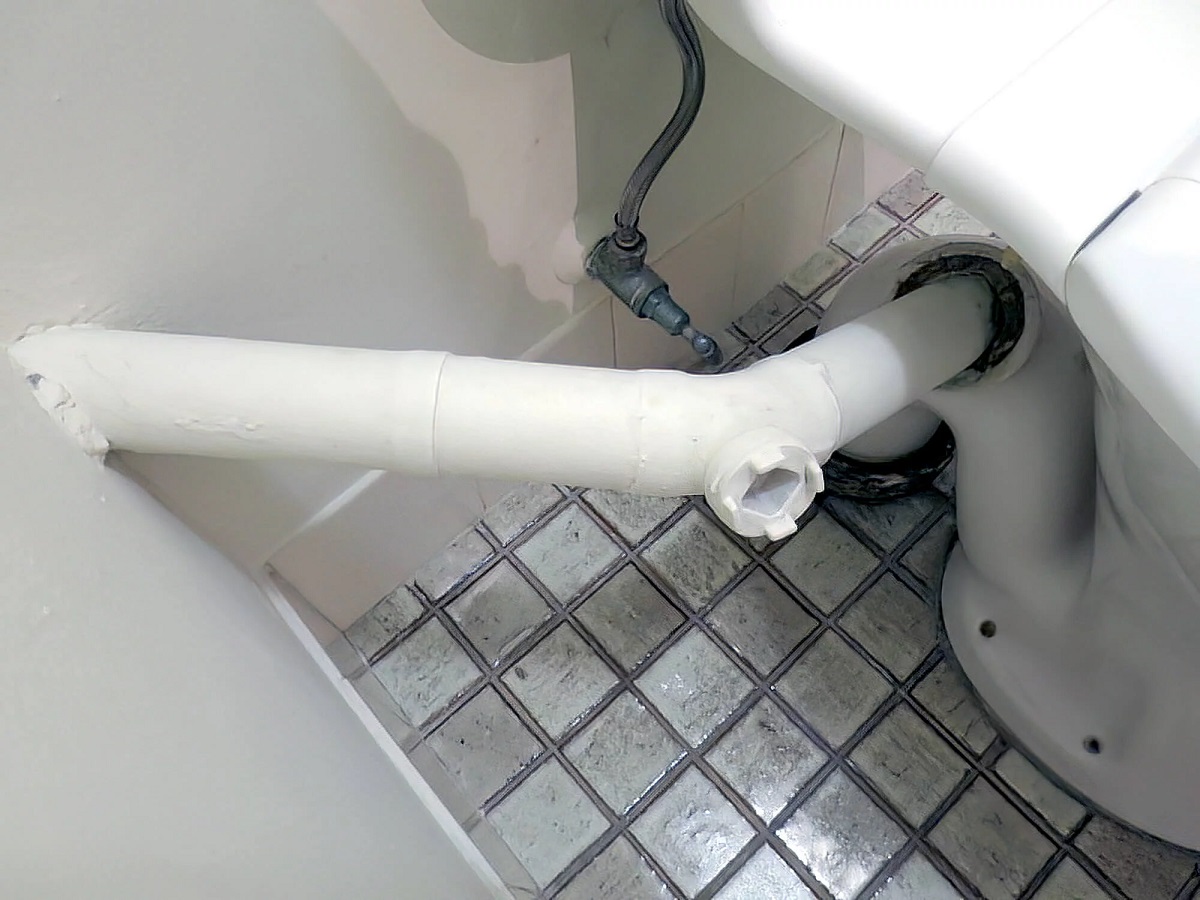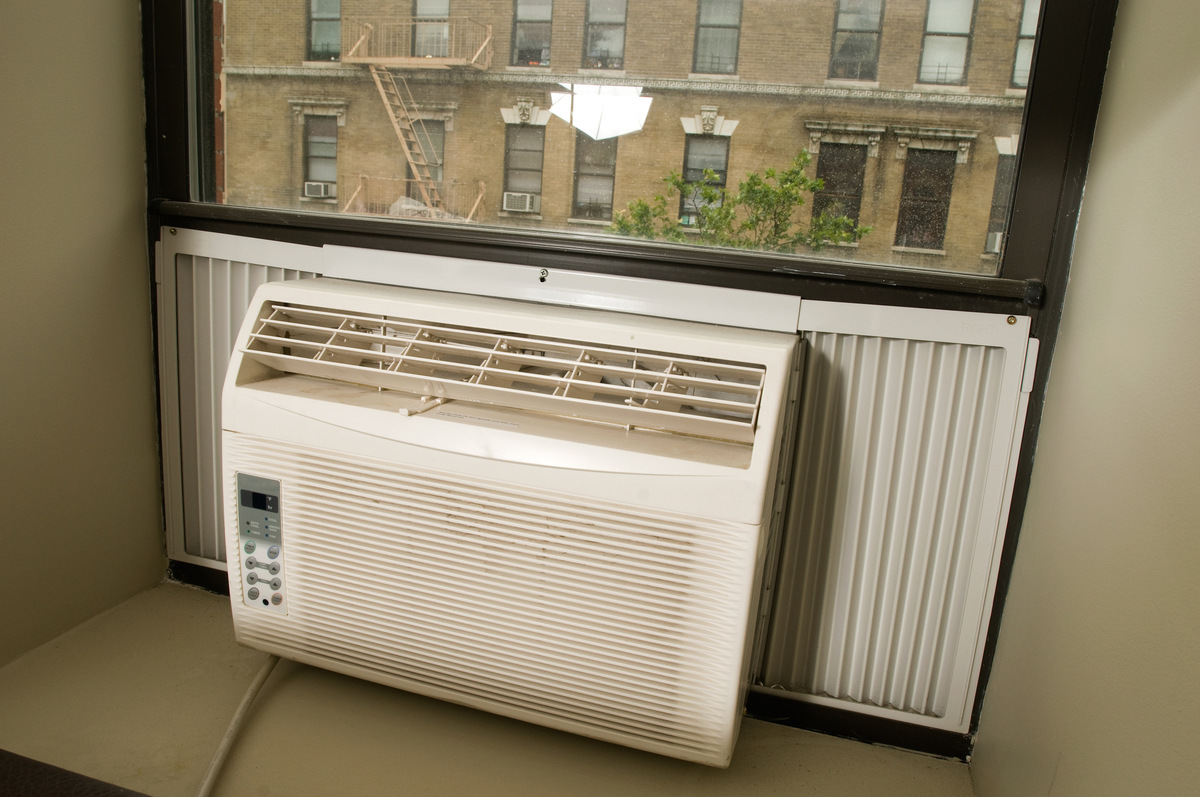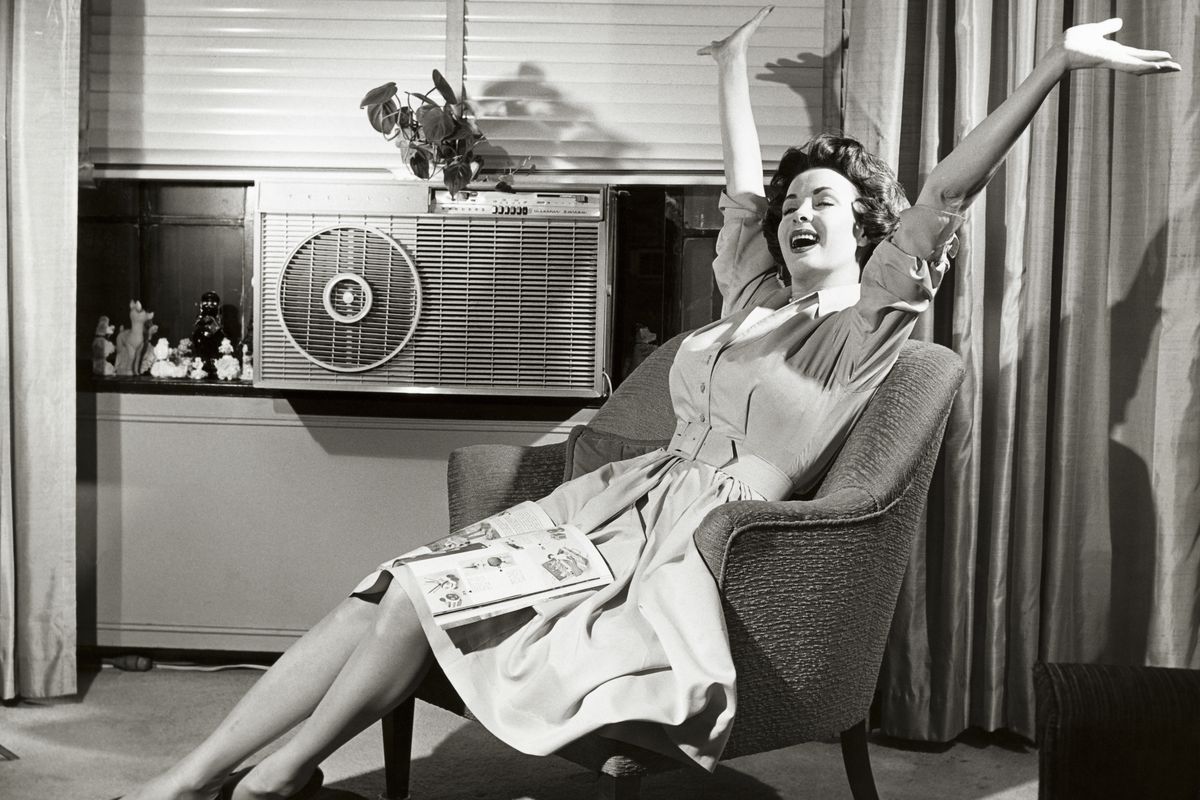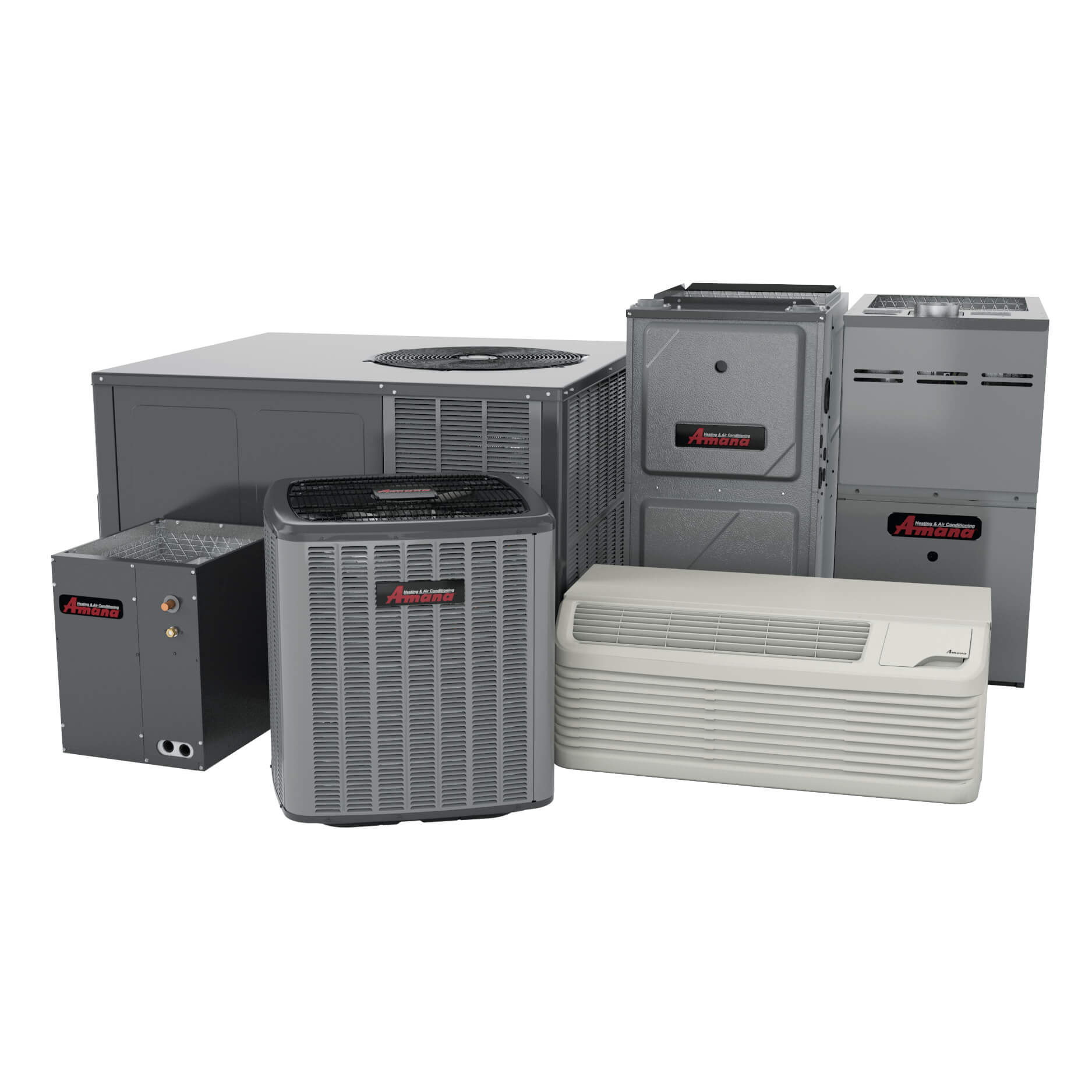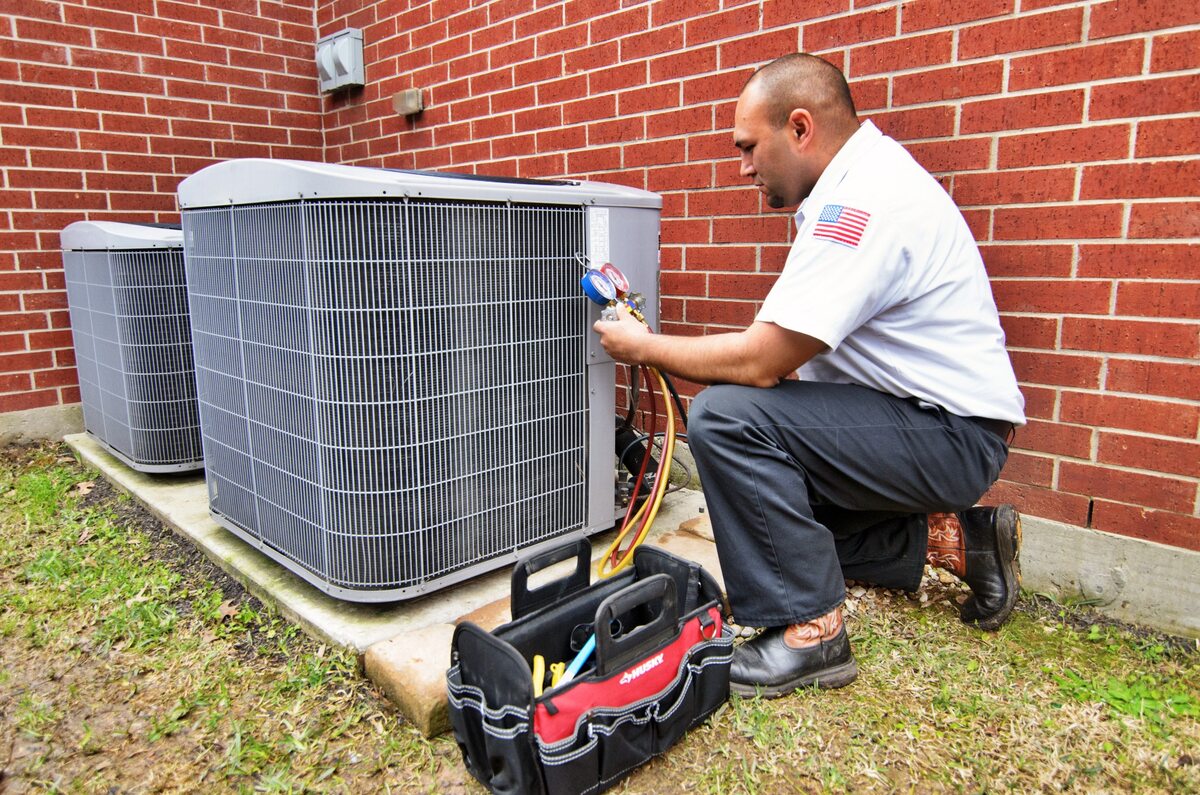Home>Home Maintenance>How To Balance Air Conditioning Vents
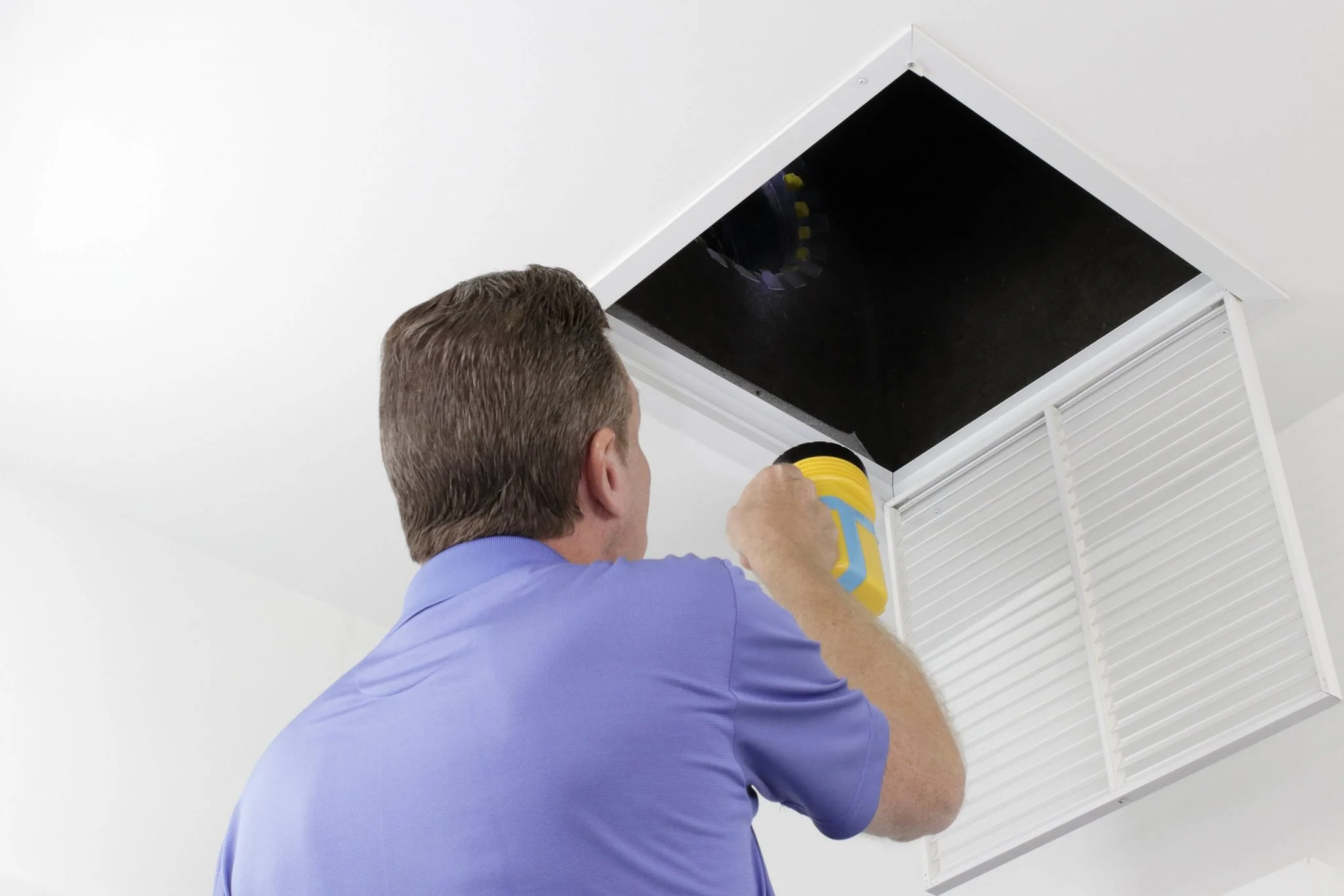

Home Maintenance
How To Balance Air Conditioning Vents
Modified: March 6, 2024
Learn how to balance air conditioning vents in your home with these tips for proper home maintenance. Improve air circulation and maximize comfort.
(Many of the links in this article redirect to a specific reviewed product. Your purchase of these products through affiliate links helps to generate commission for Storables.com, at no extra cost. Learn more)
Introduction
Welcome to our guide on how to balance air conditioning vents! When it comes to maintaining a comfortable and well-regulated indoor climate, proper air ventilation is crucial. If you’ve noticed rooms in your home are consistently too hot or too cold while your thermostat remains unchanged, it’s possible that your air conditioning vents need to be balanced. Balancing your air conditioning vents helps to ensure that each room in your home receives the right amount of conditioned air, improving overall comfort and energy efficiency.
Understanding how air conditioning vents work is essential before diving into the balancing process. Air conditioning systems utilize a network of ducts that distribute conditioned air from the central unit to different rooms in your home. These ducts are equipped with adjustable dampers that regulate the flow of air to each vent. By properly balancing your vents, you can control the airflow in each room and maintain an even temperature throughout your living space.
There are several reasons why you might need to balance your air conditioning vents. One common situation is when certain rooms in your home consistently feel too hot or too cold. This discrepancy in temperature could be due to inadequate airflow to those specific areas. Another reason to balance your vents is to optimize energy efficiency. By directing the right amount of airflow to each room, you can prevent wasted energy and save on your utility bills. Balancing your vents also helps to prevent strain on your air conditioning system, prolonging its lifespan and reducing the need for costly repairs.
To effectively balance your air conditioning vents, follow the steps outlined in this guide. It’s a relatively straightforward process that can be done without professional help. With a little time and effort, you can achieve a comfortable and well-balanced indoor environment for you and your family.
In the next section, we’ll delve deeper into the workings of air conditioning vents and the importance of their proper function. Stay tuned!
Key Takeaways:
- Achieving balanced air conditioning vents ensures consistent temperatures, energy efficiency, and prolonged HVAC lifespan, creating a comfortable and peaceful home environment.
- Assess, adjust, and fine-tune air conditioning vents to optimize airflow, reduce energy consumption, and maintain a comfortable living space for you and your family.
Read more: How To Close Air Conditioning Vents
Understanding Air Conditioning Vents
Before we dive into the process of balancing air conditioning vents, it’s essential to have a clear understanding of how they work. Air conditioning vents, also known as registers or grilles, are the points where conditioned air is distributed into your living spaces. They are typically located on walls, floors, or ceilings and are connected to a network of ducts that distribute the air throughout the house.
Each vent is equipped with an adjustable damper that controls the amount of airflow passing through it. These dampers can be opened or closed to regulate the air volume and direct it towards specific areas. By adjusting the dampers, you can increase or decrease the amount of cooled or heated air delivered to each room.
The size and number of vents in your home are essential factors in achieving balanced airflow. A well-designed HVAC system should have enough vents strategically placed throughout the house to ensure even distribution of conditioned air. If you have rooms that consistently feel too hot or too cold, it could indicate an imbalance in the airflow caused by insufficient or poorly placed vents.
Similarly, the size of the vents plays a role in determining the airflow. Larger vents allow more air to pass through, while smaller vents restrict the airflow. When balancing your air conditioning vents, it’s important to consider the vent sizes in relation to the size and layout of the rooms in your home.
In addition to the adjustable dampers, some vents may also have features such as louvers or diffusers. Louvers are movable blades that allow you to control the direction of the airflow, while diffusers disperse air in multiple directions for better air circulation. Understanding the different components of your air conditioning vents will help you in the balancing process.
Now that we have a solid understanding of air conditioning vents and their purpose, let’s move on to the reasons why balancing them is essential. This knowledge will empower you to create a comfortable and energy-efficient living environment. Keep reading!
Reasons for Balancing Air Conditioning Vents
Properly balancing your air conditioning vents is crucial for several reasons. Let’s explore the main benefits of achieving a balanced airflow throughout your home:
- 1. Temperature Regulation: One of the primary reasons for balancing your air conditioning vents is to maintain consistent temperatures throughout different areas of your home. If you have rooms that are persistently too hot or too cold, it indicates an imbalance in the airflow. By adjusting the dampers and directing the right amount of conditioned air to each room, you can ensure a comfortable temperature in every area.
- 2. Energy Efficiency: Balancing your air conditioning vents can significantly improve energy efficiency. When certain rooms receive excessive airflow, it can lead to wasted energy and higher utility bills. By redirecting airflow to areas that need it most, you can optimize cooling or heating efficiency, reducing energy consumption. This not only benefits the environment but also saves you money in the long run.
- 3. Enhanced Comfort: Achieving a balanced airflow creates a more comfortable living environment for you and your family. No more constantly adjusting the thermostat to compensate for temperature variations in different rooms. By properly balancing the vents, you can ensure that each room receives the right amount of conditioned air, promoting consistent comfort throughout your home.
- 4. Prolonged HVAC System Lifespan: Imbalanced air conditioning vents can put unnecessary strain on your HVAC (Heating, Ventilation, and Air Conditioning) system. When some rooms receive excessive air while others receive inadequate airflow, it can cause the system to work harder to compensate. This can lead to premature wear and tear, increasing the risk of breakdowns and the need for expensive repairs. By balancing your vents, you reduce strain on the system, extending its lifespan and reducing the likelihood of costly breakdowns.
- 5. Reduced Noise: Imbalanced airflow can cause unnecessary noise from air rushing through the vents. By balancing the vents, you can minimize disruptive noises, creating a quieter and more peaceful living environment.
Now that you understand the importance of balancing your air conditioning vents, let’s move forward and explore the step-by-step process to achieve optimal airflow throughout your home. It’s time to take control of your indoor climate comfort. Read on!
Steps to Balance Air Conditioning Vents
Now that you understand the importance of balancing your air conditioning vents, let’s dive into the step-by-step process to achieve optimal airflow throughout your home. Follow these simple steps to get started:
- Step 1: Assess the Current Airflow: Begin by evaluating the current airflow in your home. Observe the temperature variations in each room and identify any areas that consistently feel too hot or too cold. This will help you determine which vents need adjustment.
- Step 2: Adjust the Air Dampers: Locate the adjustable dampers on each vent. These are usually small levers or knobs that control the airflow. Start by fully opening all the dampers, allowing maximum airflow. From there, gradually close the dampers for rooms that receive too much airflow and open them for rooms that lack adequate airflow. Remember to make adjustments gradually, allowing time for the changes to take effect before making further adjustments.
- Step 3: Redirect or Block Airflow as Needed: If adjusting the dampers alone doesn’t achieve the desired balance, you may need to redirect or block airflow to certain vents. You can do this by using duct tape or magnetic vent covers. Redirect airflow to rooms that need more conditioning by partially closing dampers in other areas. Block or partially cover vents in rooms that receive excessive airflow, diverting it to areas that need it more.
- Step 4: Test and Fine-tune the Balancing: Once you’ve made adjustments to the dampers and airflow, test the performance by observing the temperature in each room over a period of time. Make note of any areas that still have temperature discrepancies and adjust the dampers or redirection as needed. Continue fine-tuning until you achieve a balanced airflow throughout your home.
By following these steps, you can effectively balance your air conditioning vents and enjoy a comfortable and consistently regulated indoor climate. Keep in mind that it may take some trial and error to achieve the perfect balance, so be patient and adjust as needed.
Next, we’ll provide some helpful tips to further assist you in balancing your air conditioning vents. These tips will help you make the most out of your efforts and maximize the comfort and energy efficiency of your home. Let’s proceed!
Step 1: Assess the Current Airflow
Before you begin the process of balancing your air conditioning vents, it’s important to assess the current airflow in your home. This step will help you identify areas that require adjustment and give you a baseline to work from. Here’s how to assess the airflow:
- Observe the Temperature Variations: Walk through each room of your home and take note of the temperature in each area. Some rooms may feel noticeably warmer or cooler than others. Pay attention to any consistent temperature variations that persist throughout the day.
- Feel for Airflow at Each Vent: Stand near each air conditioning vent and feel for the amount of airflow coming out. Some vents may have strong airflow, while others may have weak or even obstructed airflow. Make note of vents that seem to have inadequate or excessive airflow.
- Use a Thermometer: If you want a more precise measurement, you can use a thermometer to check the temperature near each vent. This will give you a quantitative assessment of the temperature differences between rooms.
During the assessment, it’s important to consider factors such as the layout of your home, the number and size of vents in each room, and any potential obstructions that may affect the airflow. This information will help you determine the areas that need balancing and guide you in making appropriate adjustments.
Take the time to thoroughly assess the current airflow in your home, as this will set the foundation for the next steps in balancing your air conditioning vents. Once you have a clear understanding of the airflow distribution, you can proceed to the next step of adjusting the air dampers.
Now that you have assessed the current airflow, let’s move on to the next step of the balancing process: adjusting the air dampers. Keep reading to learn how to fine-tune the airflow in each room of your home.
Make sure all vents are open and unobstructed to balance air conditioning. Close vents in rooms you don’t use often to redirect airflow to other areas.
Read more: How To Remove Air Conditioning Vents
Step 2: Adjust the Air Dampers
Once you have assessed the current airflow in your home, the next step in balancing your air conditioning vents is to adjust the air dampers. These dampers, located on each vent, control the amount of conditioned air that flows into a room. By adjusting these dampers, you can regulate the airflow and achieve a more balanced temperature throughout your living spaces. Follow these steps to adjust the air dampers effectively:
- Locate the Air Dampers: Take a moment to identify the adjustable dampers on each vent. They are typically small levers, wheels, or knobs located on the side or bottom of the vent. Sometimes, the dampers may be hidden behind the vent cover, requiring you to remove the cover to access them.
- Start with Open Dampers: Begin by fully opening all the dampers in your home. This allows maximum airflow to each room.
- Gradually Close Dampers for Rooms with Excessive Airflow: Walk through your home and close the dampers of rooms that receive too much conditioned air. Start with small adjustments, gradually closing the dampers until you achieve a more balanced airflow. Be sure to give each adjustment a few minutes to take effect before making further adjustments.
- Open Dampers for Rooms with Inadequate Airflow: Similarly, open the dampers in rooms that lack sufficient airflow. By doing so, you allow more conditioned air to enter those areas and achieve a better balance of airflow throughout your home.
As you adjust the air dampers, keep in mind that small changes can have a significant impact on the airflow. Take your time and make adjustments gradually to avoid sudden temperature imbalances. It’s also helpful to have a system in place to track the adjustments you’ve made, such as taking note of the open and closed positions of each damper.
Once you have adjusted the air dampers, give the system some time to stabilize and allow the changes to take effect. This will enable you to better assess the effectiveness of your adjustments and identify any further imbalances that need attention.
Now that you have adjusted the air dampers, it’s time to move on to the next step: redirecting or blocking airflow as needed. This step will help you fine-tune the balance in your air conditioning vents. Continue reading to learn more.
Step 3: Redirect or Block Airflow as Needed
After adjusting the air dampers in your air conditioning vents, you may find that there are still areas in your home where the airflow is not adequately balanced. In this step, we will explore how to further address these imbalances by redirecting or blocking airflow as needed.
- Redirect Airflow: If you have rooms that still need more conditioned air, you can redirect airflow from other areas. One way to do this is by partially closing the dampers in rooms that receive excessive airflow. This will divert more conditioned air to the rooms that are not receiving enough, helping to achieve a better balance. Adjust the dampers gradually until you find the right balance for each room.
- Block Airflow: Conversely, if there are rooms that receive too much conditioned air, you can partially block the airflow to those areas. This can be done by using magnetic vent covers or duct tape to partially cover or close off the vents. By restricting airflow to these rooms, you can redirect more conditioned air to other areas of your home that need it more.
- Consider Obstructions: In some cases, an imbalance in airflow may be due to obstructions in the vents or ducts. Inspect your vents and ducts for any blockages, such as furniture, curtains, or debris. Clearing these obstructions can help improve the airflow and contribute to a more balanced distribution of conditioned air.
Remember to monitor the temperature and airflow in each room as you redirect or block airflow. It may require some trial and error to find the optimal balance for your specific home layout and needs.
Keep in mind that while redirecting or blocking airflow can help achieve a better balance, it’s important not to completely close off vents or block airflow to the entire HVAC system. Doing so can cause strain on the system and reduce its overall efficiency. It’s best to find a balance that ensures proper airflow to all areas while addressing any temperature discrepancies.
With the airflow redirected or blocked as needed, you’re ready to move on to the final step: testing and fine-tuning the balancing of your air conditioning vents. Let’s explore this step in the next section.
Step 4: Test and Fine-tune the Balancing
Now that you have adjusted the air dampers and redirected or blocked airflow as needed, it’s time to test and fine-tune the balancing of your air conditioning vents. This final step ensures that you achieve optimal airflow and a consistently comfortable living environment throughout your home. Follow these guidelines to fine-tune the balancing:
- Observe the Temperature: Give your HVAC system some time to stabilize and observe the temperature in each room. Take note of any remaining temperature variations or areas that still feel too hot or too cold. This will help you identify any imbalances that may require further adjustment.
- Make Gradual Adjustments: If you find that certain rooms are still not receiving sufficient airflow, you can further adjust the air dampers or redirect airflow. Make small and gradual adjustments to avoid sudden temperature imbalances. Allow each adjustment some time to take effect before making further changes.
- Consider Occupancy and Usage: Keep in mind that the airflow needs in different rooms may vary based on factors such as occupancy, usage, and insulation. Rooms that are frequently occupied or have large windows may require more conditioned air than others. Adjust the airflow accordingly to meet the specific needs of each room.
- Monitor and Adjust as Needed: Continuously monitor the temperature and airflow in each room over a period of time. Fine-tune the balancing by making further adjustments as necessary. It may take some time and experimentation to achieve the desired balance, so be patient and persistent.
Throughout the testing and fine-tuning process, it’s essential to maintain a record of the adjustments you’ve made. This will help you track your progress and ensure consistency in the balancing of your air conditioning vents. Consider creating a visual diagram or keeping written notes of the open and closed positions of the dampers for reference.
Remember that achieving a perfectly balanced airflow in every room may be challenging, as various factors like room layout and external conditions can affect the overall equilibrium. Aim for a reasonably even distribution of conditioned air and a comfortable temperature throughout your home.
By following these steps and continuously monitoring and adjusting, you can achieve a well-balanced and efficiently functioning air conditioning system. Sit back, relax, and enjoy the newfound comfort and energy efficiency in your home.
Now that you have learned the steps to balance your air conditioning vents, let’s move on to some essential tips that will further assist you in this process. These tips will help you optimize the effectiveness of your efforts and ensure long-term comfort and efficiency. Keep reading!
Tips for Balancing Air Conditioning Vents
When balancing your air conditioning vents, there are some additional tips that can help you achieve optimal results. These tips will assist you in maximizing the comfort and efficiency of your HVAC system. Consider the following suggestions:
- Start with the Least Used Rooms: Begin the balancing process by focusing on rooms that are least frequently used. This allows you to fine-tune the airflow in those areas without disrupting the comfort of frequently occupied rooms. Once you have achieved a satisfactory balance in the lesser-used rooms, move on to the more commonly used spaces.
- Check the Air Filters: Ensure that the air filters in your HVAC system are clean and free from debris. Dirty filters can restrict airflow and affect the balance of air distribution. Regularly clean or replace the filters as recommended by the manufacturer to maintain optimal performance.
- Consider Zoning: If you consistently have significant temperature variations between different parts of your home, you may want to consider implementing a zoning system. Zoning allows you to divide your home into separate zones, each with its own thermostat and control over the airflow. This provides greater precision in balancing the temperature and comfort in each area.
- Regularly Maintain the HVAC System: Proper maintenance of your HVAC system is essential for long-term performance and efficiency. Schedule regular professional inspections and cleanings of your system to ensure it is operating at its best. This includes checking for any leaks or blockages in the ductwork that may be impacting airflow.
- Consider Ceiling Fans: Ceiling fans can complement your air conditioning system by improving air circulation and distributing conditioned air more efficiently. Running ceiling fans in conjunction with your HVAC system can help to equalize the temperature in the room, reducing the load on the air conditioner and improving overall comfort.
- Monitor and Adjust Seasonally: Keep in mind that the airflow needs in your home may differ between the cooling and heating seasons. As the weather changes, it’s a good practice to reassess the airflow and make necessary adjustments. This will help maintain a comfortable environment year-round.
Remember, achieving the perfect balance in airflow may take some experimentation and adjustment over time. It’s important to be patient and persistent in fine-tuning the system to meet your specific needs and preferences.
By following these tips and the step-by-step process outlined earlier, you can achieve a well-balanced and efficient air conditioning system in your home. Enjoy the benefits of a comfortable living environment and improved energy efficiency!
With these tips, you are now equipped with the knowledge to effectively balance your air conditioning vents. Take action and start improving the comfort and efficiency of your home today.
If you have any further questions or need assistance with your home maintenance needs, feel free to reach out to our team of experts. Happy balancing!
Read more: How To Adjust Air Conditioning Vents
Conclusion
Properly balancing your air conditioning vents is key to maintaining a comfortable and efficient indoor environment. By following the steps outlined in this guide and implementing the tips provided, you can achieve optimal airflow and temperature regulation throughout your home.
Throughout the balancing process, it’s important to assess the current airflow, adjust the air dampers, redirect or block airflow as needed, and continuously test and fine-tune the balance. Remember to be patient and make gradual adjustments, allowing time for the changes to take effect before making further modifications.
By achieving a balanced airflow, you can enjoy several benefits. These include consistent temperature regulation, improved energy efficiency, enhanced comfort, prolonged HVAC system lifespan, and reduced noise. Balancing your air conditioning vents allows you to create a more comfortable and enjoyable living space for you and your family.
Additionally, it’s important to keep in mind that regular maintenance of your HVAC system, cleaning or replacing air filters, and considering zoning or ceiling fans can further optimize the performance of your air conditioning system. Regularly monitor and adjust the airflow as needed, especially during seasonal changes.
Remember, achieving the perfect balance in airflow may require some ongoing monitoring and adjustment. Take note of any changes in your home’s airflow and make the necessary tweaks to maintain a comfortable and efficient living environment.
We hope that this guide has provided you with valuable insights and practical steps to successfully balance your air conditioning vents. If you have any further questions or need assistance, don’t hesitate to reach out to our team of experts.
Wishing you a comfortable and well-balanced indoor climate!
Frequently Asked Questions about How To Balance Air Conditioning Vents
Was this page helpful?
At Storables.com, we guarantee accurate and reliable information. Our content, validated by Expert Board Contributors, is crafted following stringent Editorial Policies. We're committed to providing you with well-researched, expert-backed insights for all your informational needs.
